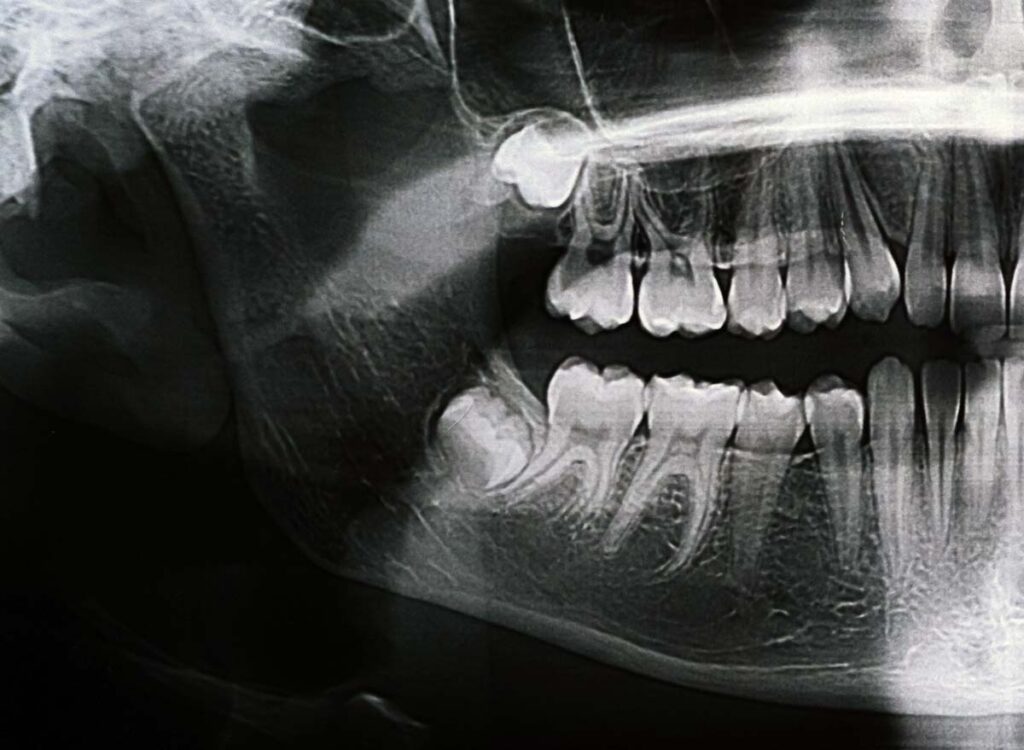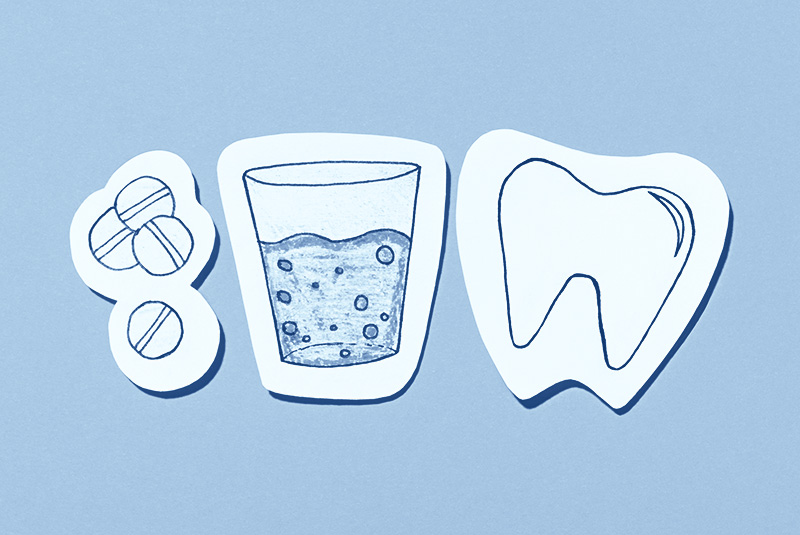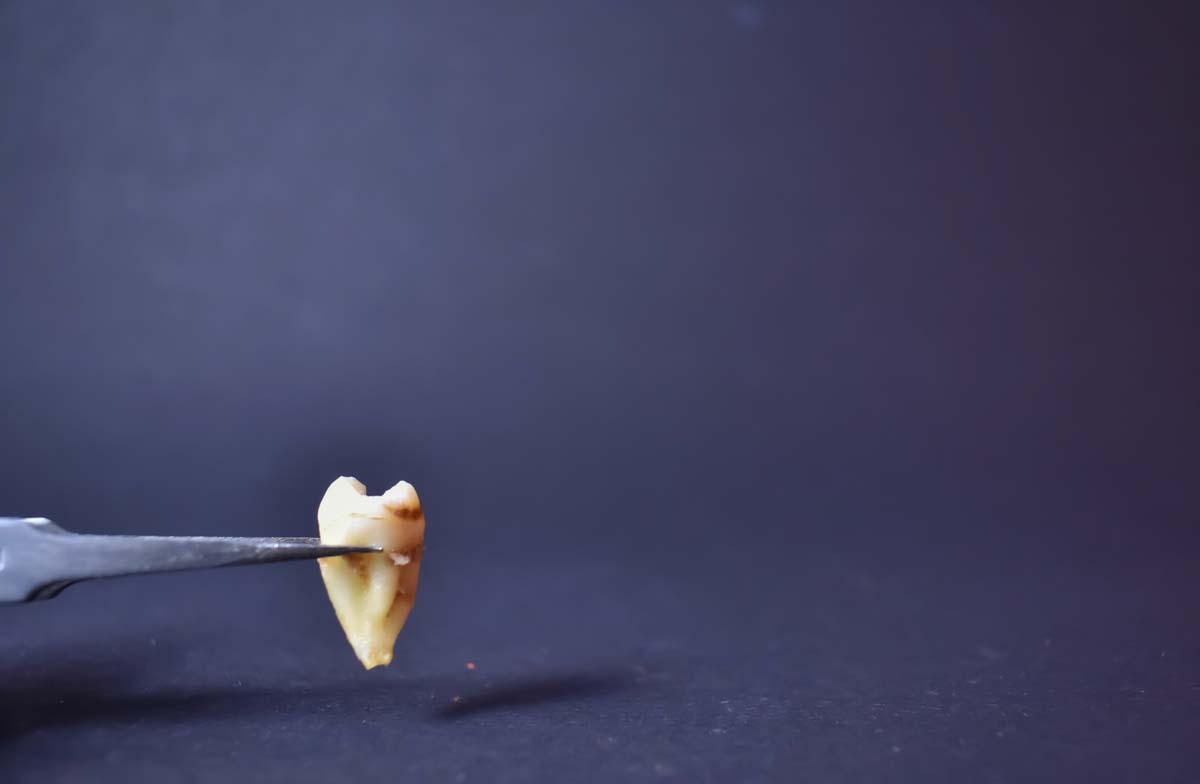What Are Wisdom Teeth?
Wisdom teeth are the rearmost molars that emerge during the late teen years to the early 20s. Although not everyone gets them, those who do can have up to four wisdom teeth, each seated in the furthest corners of the upper and lower jaws.
What Problems Can Wisdom Teeth Create?
Wisdom teeth are the final adult teeth to grow, often after each of your permanent teeth has found its place and formed a collective structure.
The late emergence of wisdom teeth poses problems because of the lack of space in the mouth such as compacted or crowded teeth, swelling caused by the wisdom teeth getting trapped beneath the gum layer, impact with the jawbone and neighbouring teeth, and crooked or angular growth of the wisdom teeth themselves.
These can cause toothaches, a sense of jawline pressure or sensitivity, pinched nerves, and inflamed gums. The first signs of wisdom teeth issues are often experienced through a sharp pain at the hinges of the jaw, difficulty chewing as the adjacent row of teeth bear down on the wisdom teeth, and tooth pain indicative of decay caused by trapped food particles among other dental issues.

What Can Be Done Before Considering Wisdom Tooth Removal?
To ease the discomfort and contain the impact of the affected wisdom tooth, our dentists will cleanse and apply a local anaesthetic gel, prescribe painkillers and antibiotics (if needed to reduce any swelling prior to the surgery), and then trim any gum tissue that’s obstructing your wisdom tooth from growing out.
When Do Wisdom Teeth Have To Be Removed?
If the decay or impact threatens the dental health, alignment, and comfort of the your daily lifestyle, it’s in your best interest to remove the affected wisdom teeth. An X-ray will be taken to get a clearer picture of the location and impact of your wisdom tooth before removal.

What Happens During The Procedure For Wisdom Teeth Removal?
Before the operation, a local anaesthetic will be administered to protect the patient from any pain during the procedure. Most usually the overlapping gums and bone around the tooth can be pushed aside followed by dividing the wisdom tooth and removing them in parts. The whole procedure usually takes about an hour depending on the complexity of the case.

Wisdom Teeth Care After Surgery
You will be prescribed painkillers after the anaesthesia wears off and will need to complete a timely course of antibiotics for around 5 days to a week.
There may also be a little bit of bleeding from the operated wound, which can be absorbed by biting down on some clean gauze and throwing it away.
Gently brush the other teeth and rinse the mouth to keep any food from settling on the wound or causing it to bleed. Do try to minimise the amount of physical activity until the wound heals.
The patient may have a swollen cheek which can be eased with a cold pack while experiencing any stiffness or difficulty in opening and closing the jaw is normal. Stick to a diet of soft and soluble foods that requires less chewing, and avoid spicy food, smoking, and alcohol so it doesn’t sting or infect the raw wound.
After around a week, we will invite you for a follow-up appointment with our dentist to assess the state of the teeth and remove any stitching.

Wisdom Teeth Removal Cost
Extraction
$250-$350
A dental procedure where a wisdom tooth is removed non-surgically. Typically used for teeth that have fully erupted into the mouth and are accessible. The process involves loosening and pulling out the tooth with dental instruments, often under local anesthesia.
Surgical Removal
$950-$1250
This involves surgically extracting a wisdom tooth that hasn’t fully emerged or is impacted within the jawbone.
The procedure may require incisions in the gums and removal of bone.
It’s more complex than a simple extraction, often requiring general anesthesia or sedation.
Should you be entitled to Medisave claims, you can claim up to S$1,250 for surgical procedures via Medisave.

Frequently Asked Questions
Wisdom teeth are the rearmost molars that emerge during the late teen years to the early 20s. Although not everyone gets them, those who do can have up to four wisdom teeth, each seated in the furthest corners of the upper and lower jaws.
Wisdom tooth extractions sound painful but once we administer anaesthesia, it will significantly minimise discomfort.
If the decay or impact threatens the dental health, alignment, and comfort of the your daily lifestyle, you should get them removed.
Not everyone has wisdom teeth, but for people who do, removal is necessary if it’s impacting your dental health, alignment and comfort.
It ranges from $250 to $350 for extractions and $950 to $1,250 for surgical removal. See the section on costs to find out what’s the difference.
Book An Appointment
+65 9321 3232
Scan the following QR code to WhatsApp us or email us with the link below.



